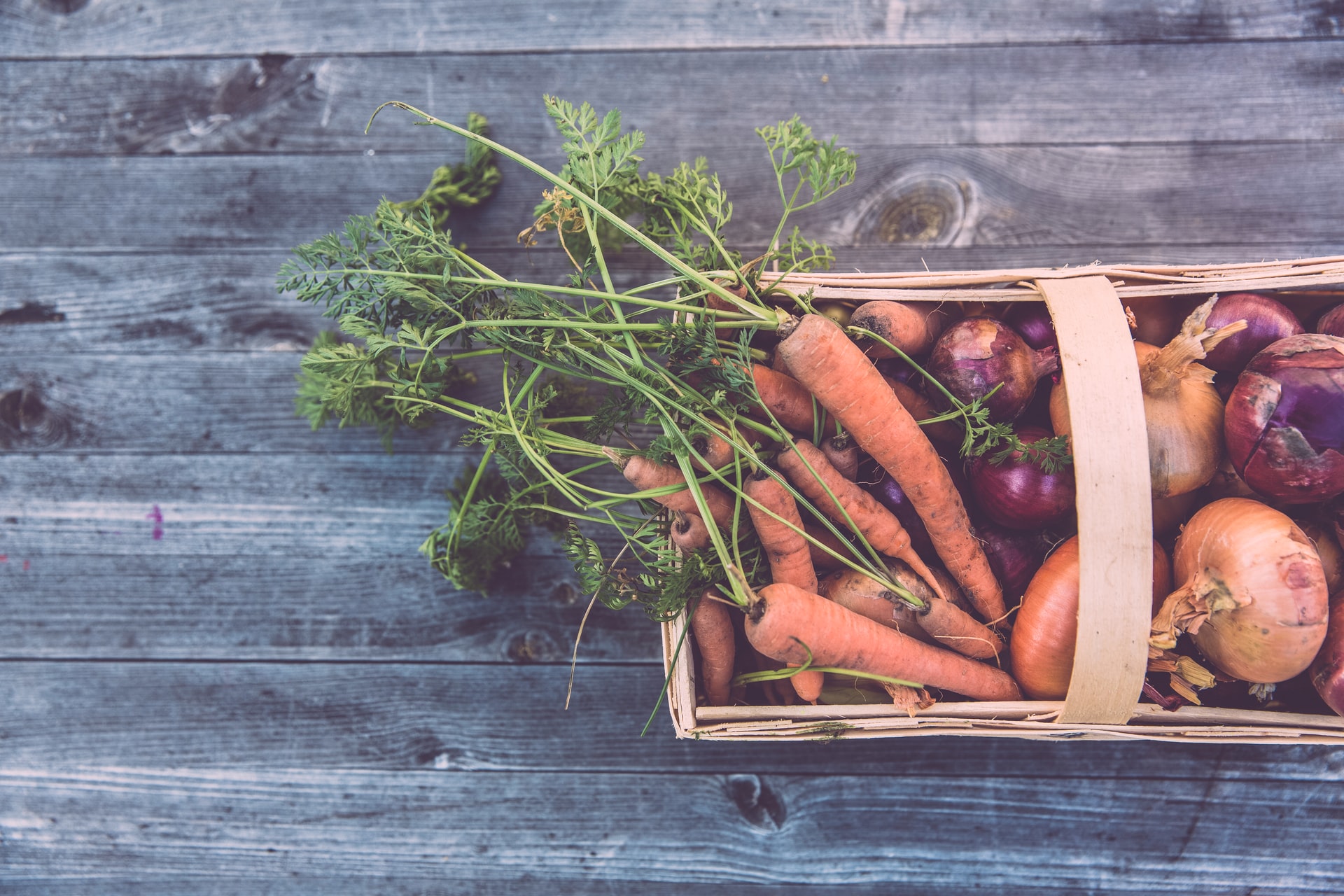Guide to Sustainable Gardening

Sustainability is at the forefront of everyone’s mind. Every aspect of our lives is now scrutinised to see where we can be more sustainable: from our electricity use to our diets. Naturally, the conversation has drifted to debate what we can do to maintain a sustainable garden space.
What is a sustainable garden?
The RHS defines sustainable gardening as ‘the concept of using practices to maintain a garden so that natural resources are not exhausted and without causing ecological damage.’ Put simply, you must learn to garden for the benefit of nature rather than going against it.
For the typical home gardener, how is keeping a sustainable garden achievable? Read on below to find out our latest advice.
Control garden pests naturally
Pesticides hurt not only the health of your garden but also the planet. If there is a steep decline in insects it will have a knock-on effect on the entire food chain. Insects are pollinators; they recycle nutrients and are also a food source for various forms of wildlife. Ultimately, insects are one of the most varied animal groups on the planet and help to supply us with clean air, food and water.
A natural alternative to using pesticides is companion planting. This involves cultivating plants that are mutually beneficial to each other. Companion planting repels unwanted insects and adds nutrients to the soil, attracting pollinating insects and providing important protection from the elements.
Examples of controlling pests naturally include:
- Putting French marigolds alongside tomatoes, beans and sweetcorn – this is because marigolds emit a strong odour that wards off greenfly and blackfly.
- Carrots and leeks work well together: leeks repel carrot flies while carrots stop leek moth.
- Plants in the pea family take nitrogen in from the air and store it inside their roots, benefiting the surrounding soil. Place these around fruit trees for maximum benefit.
Have a low maintenance garden
Having native plant species will attract the greatest number of bees and other pollinating insects which are vital for having a thriving garden.
If you have a garden of plants native to your local environment, they will require less water to keep them thriving.
Conserve water
Conserving water in your garden is also a key part of sustainable gardening. By installing a barrel at the base of your gutter to collect rainwater, you can cut your water consumption and bill. Spring is typically the best time to do this as it’s more likely to rain often during this period.
Mulching can also help you cut down on water consumption. Spreading biodegradable mulch such as compost, seaweed, or wood chippings around a plant or soil protects from the sun, prevents drying, suppresses weeds, and enriches the soil with vital nutrients. This is best applied during late spring and autumn when your soil is warm and moist.
Think about your compost
If you’re going to buy compost, it’s best to choose a peat-free variety as peat is a non-sustainable resource and one that is vital to conserve. Alternatives you can buy include coconut fibre, wood fibre and other organic matter.
If you’ve got space, you should look to create a compost heap to recycle food and natural waste from gardening such as grass cuttings. With the help of earthworms, you can transform your kitchen waste into organic fertiliser, ensuring your soil is richer and healthier.
Growing your own food
There’s nothing like growing your food in the garden. Not only is it cheaper and better for the environment, but it will also taste even sweeter knowing you have grown it yourself. You can grow various foods in your backyard, including carrots, potatoes, apples and berries.
It’s important to remember that you don’t need to feel restricted if you’re lacking in space. You can grow certain fruit and veg in pots, without the need for a huge garden.
Purchase sustainable garden furniture
The finishing touch to a sustainable garden is the furniture. After all, you want to sit and enjoy the beautiful space that you have put your heart and soul into. Thankfully, there are now sustainable furniture options for the eco-friendly gardener.
Look out for furniture with recycled materials so you know that instead of going to the landfill, the materials are being put to good use in your garden.
Add battery power tools to your shed
For many years, you’ve probably had petrol garden tools in your shed at some point. Their power and performance have been a reliable go-to for maintaining your garden. However, not only are you doing damage to yourself with higher vibration levels, but the pollution emitted from these tools is harming nature and other people around you.
If you’re unaware of the damage petrol tools are doing, you’re not alone. In compiling The Report, our investigation into the dangers of petrol tools, less than 30% of people believe that petrol tools have an impact on the environment. However, through internationally recognised emissions testing, we found that a petrol leaf blower not only emits eleven times more carbon monoxide than a Ford Fiesta, but it also needed 50% of the fuel needed to run a car for the same period.
To make a start with more sustainable gardening, EGO’s range of battery-powered tools including mowers, leaf blowers and more delivers petrol-matching power, without the noise, fuss and fumes of a petrol power tool.
Pledge to move to battery today by downloading The Report and signing up for more updates and advice from Challenge 2025.